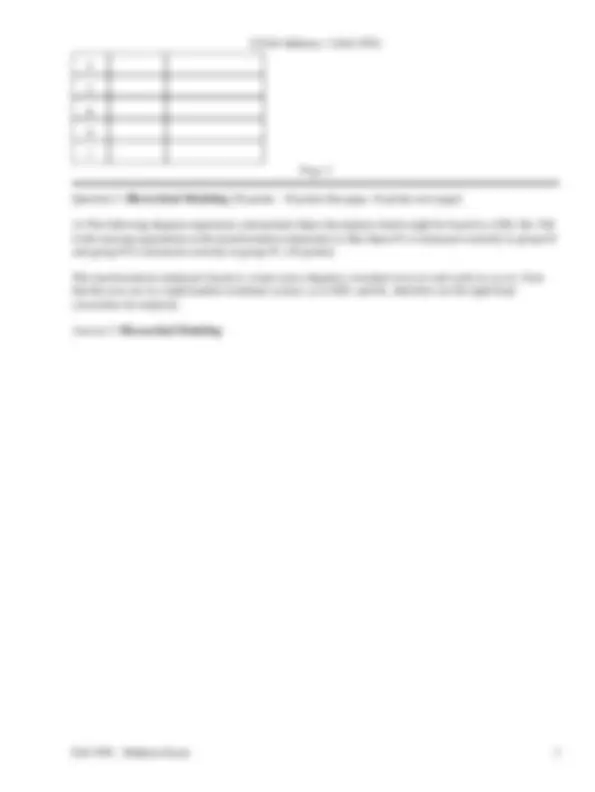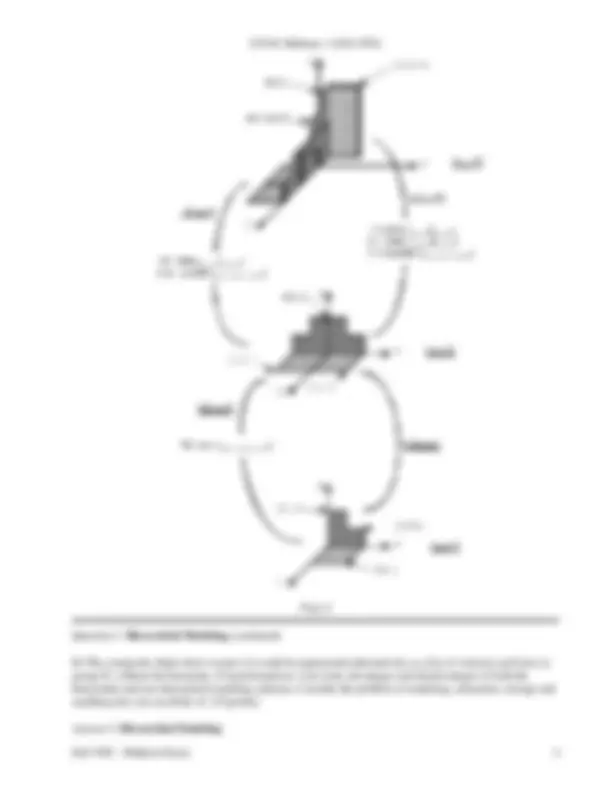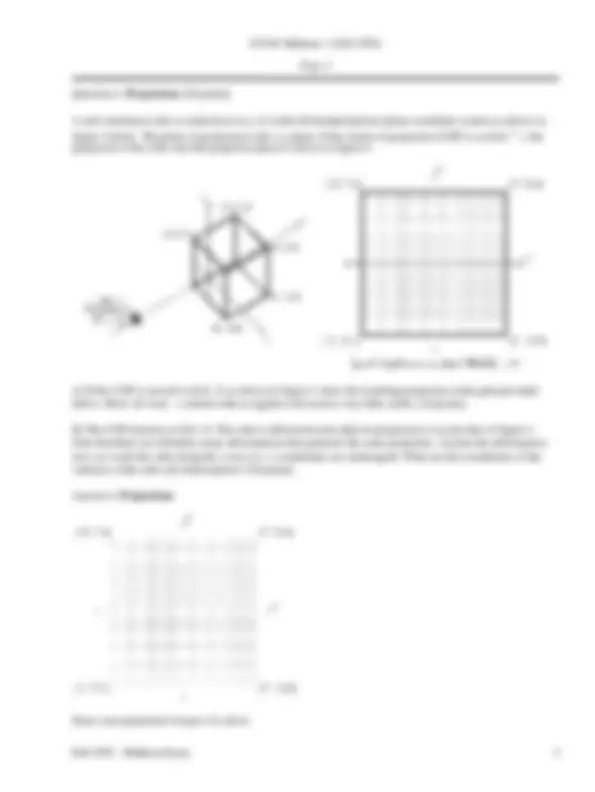





Study with the several resources on Docsity

Earn points by helping other students or get them with a premium plan


Prepare for your exams
Study with the several resources on Docsity

Earn points to download
Earn points by helping other students or get them with a premium plan
Community
Ask the community for help and clear up your study doubts
Discover the best universities in your country according to Docsity users
Free resources
Download our free guides on studying techniques, anxiety management strategies, and thesis advice from Docsity tutors
Main points of this exam paper are: Transformation Matrix, Scan Conversion, Particular Scan, Conversion Rule, Minimum Number, Particular Region, Rule Labeled, Hierarchial Modeling, Hierarchial Object, Object Description
Typology: Exams
1 / 6

This page cannot be seen from the preview
Don't miss anything!




College of Engineering Department of Electrical Engineering and Computer Sciences Coputer Science Division
Professor Brian A Barksy TAs: Mark Halstead and Dan Garcia
Page 1
Question 1: Transformations [20 points]
Figure 1 shows a triangle ABC transformed by a transformation matrix T to a new position PQR.
Figure 1
A) Write down the transformation matrix T. Show all work. [17 points]
B) If the problem was to compute the inverse matrix T -1, i.e. if the original triangle was PQR which gets transformed by T -1^ to ABC, is there enough information to compute all the elements of T -1? [3 points]
Answer 1: Transformations
Computer Science 184 - Computer Graphics 1
Page 2
Question 2: Scan Conversion [20 points]
A) For each of the 18 regions labeled a-r in figure 2, fill in the chart below with the words "IN" or "OUT" which represent what the particular scan conversion rule (odd/even vs. non-zero winding) would conclude about that region. [13 points]
Figure 2
B) What is the minimum number of edges a polygon would need so that the non-zero winding rule and odd/even rule have differenet answers for a particular region of a polygon? Draw it, highlight the region wich is labeled differently and tell which rule labeled it in and which one out. [7 points]
Answer 2: Scan Conversion
Label Odd/Even Non-zero Winding
a b c d e f g h i j k l m
Page 4
Question 3: Hierarchial Modeling (continued)
B) The composite object show in part (A) could be represented alternatively as a list of verticies and faces in group #3, without the hierarchy of transformations. List some advantages and disadvantages of both the hierarchial and non-hierarchial modeling schemes. Consider the problem of rendering, animation, storage and anything else you can think of. [10 points]
Answer 3: Hierarchial Modeling
Page 5
Question 4: Projections [20 points]
A unit wireframe cube is centered at (o,o,.5) in the left-handed picture-plane coordinate system as shown in
figure 3 below. The plane of projection is the x-y plane. If the center of projection (COP) is at (0,0,- ), the projection of the cube onto the projection plane is shown in figure 4.
A) If the COP is moved to (0,0,-3) as shown in figure 3, draw the resulting projection in the grid provided below. Show all work - a sketch with no algebra will receive very little credit. [10 points]
B) The COP remains at (0,0,-3). The cube is deformed such athat its projection is exactly that of figure 4. Note that there are infinitely many deformations that generate the same projection. Assume the deformation does not scale the cube along the z-axis (i.e. z-coordinates are unchanged). What are the coordinates of the verticies of the cube afer deformation? [10 points]
Answer 4: Projections
Draw your projection for part (A) above